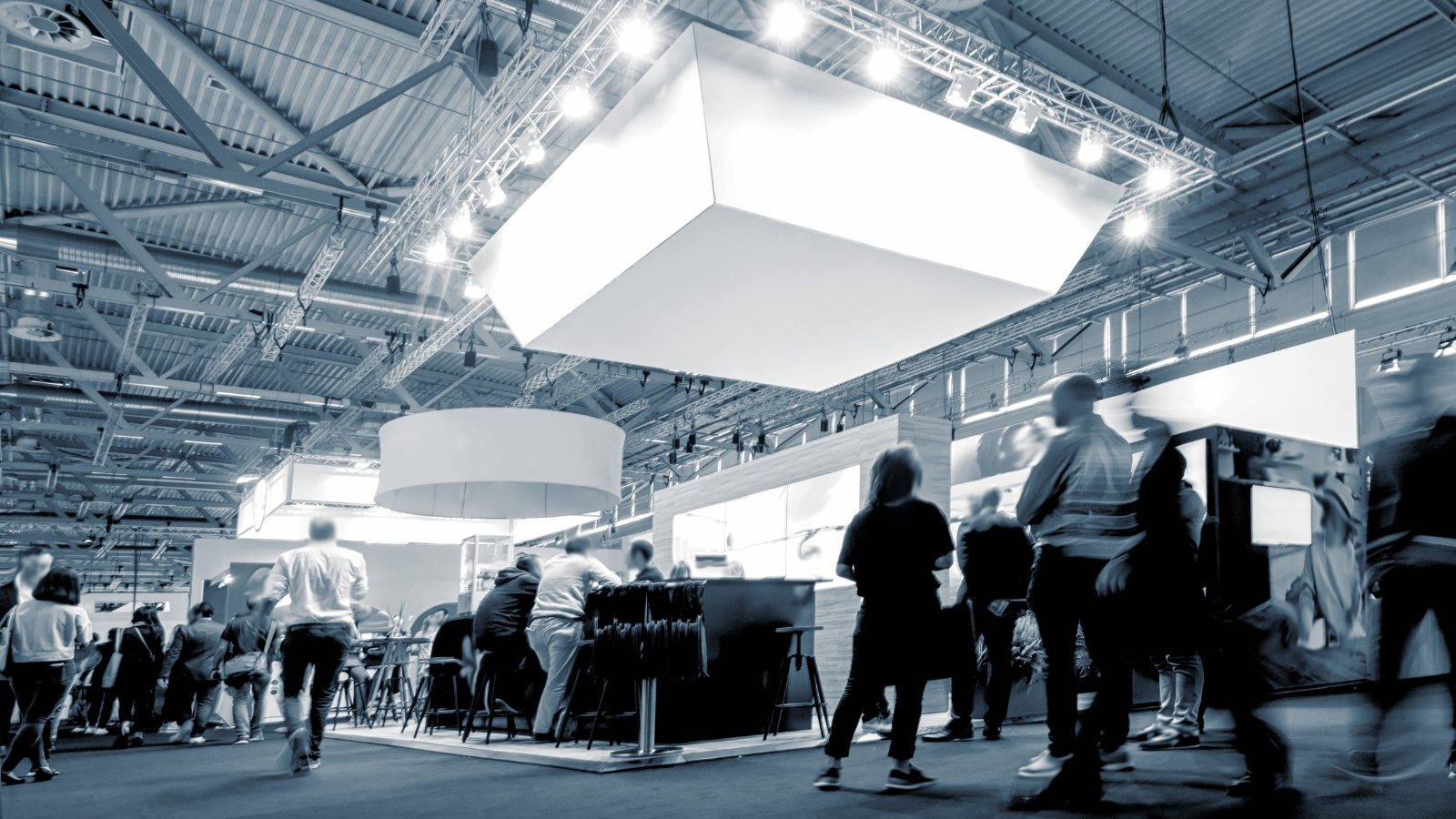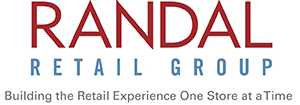
Trends We've Seen on the Road
Now that 2023 is officially more than half over, it's much easier to see which tradeshow trends are emerging in a variety of industries and retail spaces. Randal Retail has visited numerous conferences and shows during the first half of the year, and we're excited about what businesses are doing to stay ahead in 2023 and beyond.
Here are some of the top trends we've discovered at these retail conferences and what they mean for each industry at large.
Restaurants
Although the pandemic is over, that doesn't mean positive growth for everyone within the restaurant industry. On the one end of the spectrum, there are high-end experiential restaurants that offer an incredible dining experience. On the other end, there are fast-casual restaurants that prioritize speed and convenience above all else.
Restaurants in the middle of the spectrum will struggle the most unless they can lean in either direction. For most operators, that means embracing new technology and learning to utilize data to make big decisions for their business. Artificial intelligence programs can help with delivery and mobile ordering, but they can also be incorporated into robotics, so fewer workers are needed to prepare and cook orders.
In some cases, restaurants may find the most success with a commissary model, meaning that they don't serve customers who are seated in the restaurant, opting instead for a carry-out and delivery system. Overall, customers are getting increasingly comfortable with technology, so operators have to keep up with those expectations.
Health and Wellness
The healthcare system in the US can be complicated, but retail medical clinics and specialty care facilities are looking to technology to make the experience easier for patients. Digital health tools empower patients to keep track of their medical history, prescriptions, and doctor visits while giving the clinic a more streamlined method of tracking and storing their data.
Many clinics are also focused on providing a more customer-centric experience. Some highlights include shorter wait times and personalized care, especially when compared to a hospital or large healthcare provider.
Specialty Retail
Although online shopping is still dominating the retail industry, many customers still see the value of going to a physical store. That said, the storefront experience has to be more engaging and rewarding to offset the convenience of purchasing something online.
We attended the SPECS show in Grapevine, Texas this year, and as with other industries, the main highlight was incorporating new technology into brick-and-mortar shopping.
For example, beacons (small Bluetooth-enabled devices) are starting to be deployed in major outlets, which provide unique deals and offers to customers based on where they are, both in the store and outside of it.
Another shift is that many stores are utilizing an omnichannel approach to both marketing and customer service. Consumers want to be able to interact with a business across various channels (i.e., live chat, social media, phone notifications, email), so they expect a seamless experience. Companies that can deliver such convenience will be able to outpace those that can't.
Finally, interactive displays and signage are far more effective than traditional printed materials. Now, operators can adjust their signs with a click of a button instead of paying expensive printing fees for each sale or markdown. Plus, these signs are more eye-catching and engaging for customers, especially when they're interactive.
Electronics/Cable/Cell and Automotive
Consumers are much savvier than in previous years, meaning they want to have more control over their shopping and retail experience. Within this industry, many companies are starting to incorporate self-serve kiosks that empower customers to learn more about products, compare items, and make purchases.
While there will always be a need for customer service and sales reps, high-tech kiosks can create a seamless user experience that will attract a broader collection of customers. Plus, stores can utilize kiosks for marketing purposes by promoting top-selling items and upselling accessories or other add-ons.
Additionally, stores are looking for ways to make their waiting areas more comfortable and interactive, complete with high-end amenities and refreshments. This way, customers don't mind waiting for service and may even look forward to scheduling a future visit.
Discover if your retail design is encouraging sales and satisfying customers:

